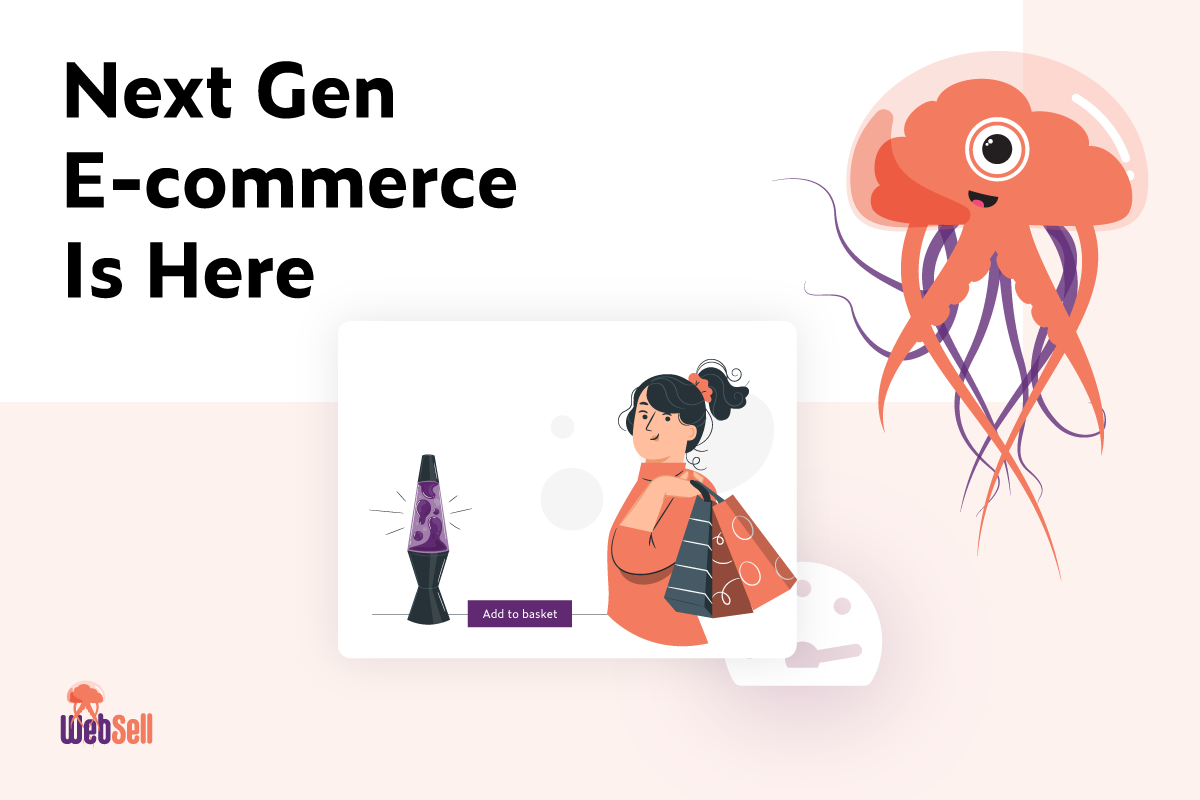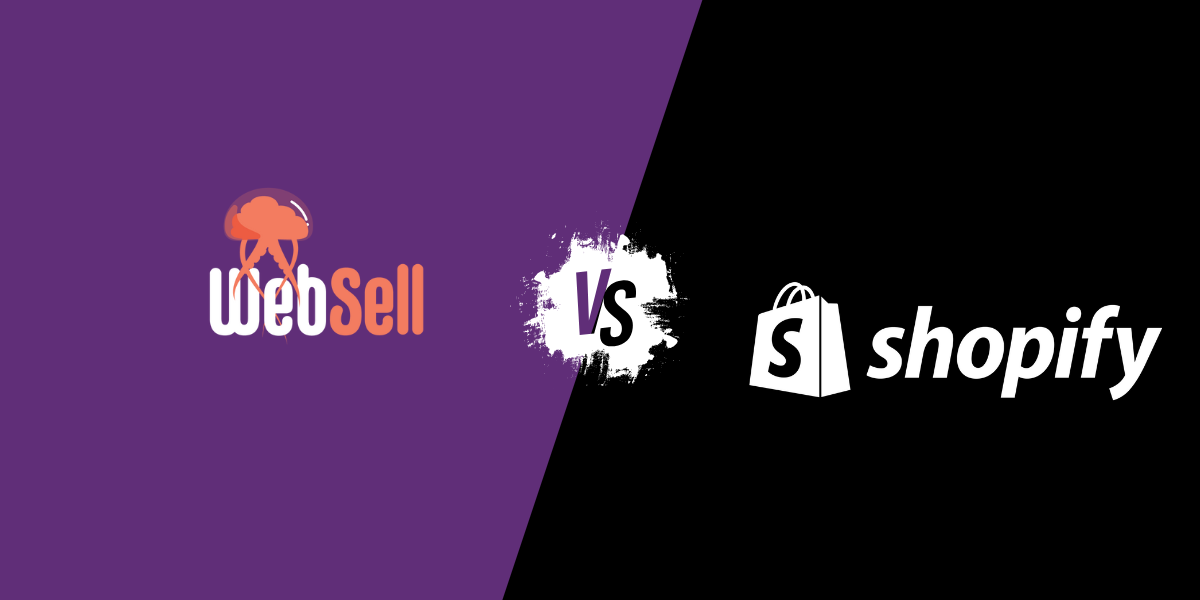Branding is one of the most important aspects of any e-commerce business. Your brand is central to how customers interact with your business. It helps to differentiate your business from your competitors and creates a strong emotional connection with your customers.
Branding includes everything from your webstore’s design to how you communicate with customers. Branding also incorporates your company’s values. In fact, the content people discover online about you — for better or worse — defines your company and directly impacts sales.
However, branding isn’t always easy, and many e-commerce businesses make mistakes that can damage their brand. In this blog post, we will discuss some of the most common branding mistakes that e-commerce businesses should avoid.
1. Failing to establish a unique brand identity
One of the most common mistakes that e-commerce businesses make is failing to establish a unique brand identity. This can happen when a business fails to differentiate itself from its competitors or when it tries to appeal to everyone instead of a specific target audience.
To avoid this mistake, e-commerce businesses should establish a clear brand identity that sets them apart from their competitors and speaks to their target audience. Having a strong brand identity builds trust between your business and the customer.
Don’t copy the style of your nearest competitor and hope you’ll catch some of their traffic. Create something unique that draws on the history and culture of your business.
Related: How to Create a Unique Selling Proposition for E-commerce
2. Neglecting the customer experience
Another common mistake that e-commerce businesses make is neglecting the customer experience. A poor customer experience can damage a brand’s reputation and lead to lost customers.
To avoid this mistake, e-commerce businesses should focus on delivering an excellent omnichannel customer service. This means providing the same level of customer service across all your sales touchpoints.
Some of the main areas retailers can focus on to improve their customer experience are:
- Keeping a high standard of customer service in-store and online
- Providing easy webstore navigation
- Delivering a seamless checkout process
For WebSell retailers that want to deliver the best possible customer experience in 2023, Next Gen is the best way to upgrade your webstore and provide a fast and seamless checkout.

3. Being inconsistent across all channels
Another mistake e-commerce business make is failing to maintain consistency across all platforms, whether it’s the website, social profiles, emails, or packaging. Branding should be consistent to ensure customers can recognize the business and trust it.
As we’ve said already, effective branding helps you build trusting relationships with your audience. This is impossible if your branding isn’t consistent. After all, how can you build a relationship with someone if you don’t know who they are?
Sometimes you’ll have a channel which you don’t update very often. Forgetting to include this in a brand refresh is an oversight you don’t want to make. Luckily, fixing this is pretty straight forward. That is, it’s easy to put a rebrand checklist in place to avoid forgetting about a channel in the first place.
What’s trickier is avoiding inconsistent branding over time. Part of the goal of building a brand is to stick in people’s minds. A sudden change in direction is guaranteed to disrupt customer perception of your business.
The most successful brands have high levels of consistency over time. Look at Coke:
Of course, sometimes it’s necessary to rebrand. The key is doing this without undermining your customer relationships. It’s all about continuity.
4. Using weak brand visuals
Standing out from the crowd is one of the biggest challenges for any e-commerce business. This is especially true when nearly everyone you meet is starting a new drop shipping company!
Your brand visuals play a significant part in the success of your company. Up to 90% of first impressions about your brand are based on color alone.
The colors you choose play a huge role in forming impressions. For example, a certain color palette can communicate a lot about your company and the values it stands for. Individual colors can even evoke emotional reactions.
On top of this, you need to understand the relationships between different colors. One way to create strong brand visuals that grab attention is to use contrasting colors. That is, those colors at opposite ends of the color wheel:
It’s possible to figure out the basics of using compelling colors to make strong brand visuals. However, your best bet usually is to seek out a professional designer, like WebSell’s!
5. Trying and failing to be edgy
Many e-commerce marketers take the need to stand out in the entirely wrong direction. They think using an edgy brand voice will be a good way to go viral and gain new customers. In theory, this is possible. For example, Wendy’s Twitter account is infamous for its sassiness.
But, 99 times out of 100, this backfires.
The trouble is, social media doesn’t reward subtlety or differences of opinion. If you try and use an edgy brand voice, you’ll likely get a lot of online criticism. You might even end up with negative news articles in the mainstream media.
It’s best not to risk this, as you don’t even need to be that edgy to create problems for yourself, as Jimmy John’s found out with this Facebook post:
This might seem pretty harmless, but they hadn’t considered that their audience is made up of social media users who like eating out. In other words, some of their audience would inevitably feel attacked by this.
None of this means you can’t use humor. Rather, if you want to make your brand stand out in this way, the key is to use relatable humor, rather than simply attacking potential customers.
Often the only time ‘edge’ really works when you playfully take aim at your competitors:
6. Not utilizing the power of social proof
Social proof can be a powerful branding tool for e-commerce businesses. Testimonies, reviews, and ratings are some examples of social proof that can help to build trust and credibility with customers. Failing to leverage the power of social proof can make it difficult for e-commerce businesses to establish a strong brand.
Getting reviews can be difficult as it can be hard to get happy customers to engage with you. Customers will often only speak up when they have a complaint or need to vent. Check out our guide to getting reviews and use the power of social proof to differentiate your business.
You can then display these reviews on your website and show your customers how you’re unique. Here’s an example of a Truspilot widget from Boards Direct’s site:

7. Not training employees
Of course, publicity comes in many shapes and sizes — good and bad. Your employees have always been important brand representatives. In the online era, their role is turbocharged. Anything they do, at work, or in private can come back to bite your business. This is especially true when it comes to sensitive issues. Sometimes brand guidelines and customer policies can ignite a crisis.
In 2018 the police were called to a Starbucks in Philadelphia, and two African-American men were arrested after trying to use the bathroom. This led to public outcry. Starbucks was forced to spend as much as $30 million on additional staff training. It’s unclear how much they lost in reduced sales after months of negative news coverage following the incident.
Unfortunately, negative press is hard to remove from the internet, which means it can have a long-term impact on your brand sentiment and sales. In the worst cases, it can completely destroy your business. Of course, that’s without even mentioning the damage that incidents like this can cause to the people involved.
Starbucks could have avoided all of this if they had taken a more proactive approach and ensured that staff had been properly trained from the outset. Instead, they needed a wake-up call to do this.
For e-commerce brands, there are plenty of other risks that can be overcome with proper training. You should create clear standard operating procedures for your company. This can cover every element of how staff should engage with customers.
For example, you might want to create specific email templates for handling customer complaints to keep employees on message. This same policy of implementing standard operating procedures can even include how you converse on the phone with customers and identify words or phrases are on-brand, off-brand, and off limits.
Creating these types of procedures can help reduce the risk of negative stories arising in the press.
8. Not listening to customers
Good customer service starts with good listening. E-commerce businesses need to listen to their customers if they want to maintain a strong brand.
Listening to customer feedback and addressing any issues promptly can help to build customer loyalty and trust. Neglecting customer feedback can lead to a damaged reputation and lost customers.
While canned responses are nice to have, encourage your staff to truly listen to the issue at hand and respond in a personable manner.
Wrapping up
Branding is a crucial aspect of any e-commerce business. Avoiding the mistakes discussed in this post can help e-commerce businesses to establish a strong brand that resonates with their target audience and creates a loyal customer base.
Remember that the power of a good brand reputation can go a long way in differentiating you from your competitors, so be careful to stay true to your brand, consistently present it across all platforms, and listen to customer feedback. The right branding strategy can also help to improve your SEO, and make your e-commerce business more visible to potential customers searching for products or services in your niche.
Get the latest e-commerce tips and news
-

Large Language Model Optimization (LLMO) – How to Rank in AI-Driven Search
Large language models (LLMs) are AI systems trained on vast amounts of data to understand and generate human language. Both generative and conversational search are powered by LLMs: LLMs don’t search the web in real time (unless they use retrieval methods). Responses are based on patterns in their training data, which comprises billions of words
-

WebSell vs. Shopify Plus: Which Is Better for B2B E-Commerce?
When it comes to B2B e-commerce, choosing the right platform can make or break your operations. For companies running Microsoft Dynamics 365 Business Central, the biggest question is: Should you use a general-purpose platform like Shopify Plus, or a purpose-built integration like WebSell? Both can power online selling. The real question is: Which one makes
-

5 Tips for Managing E-commerce During Your Busiest Season
For many retailers, sales aren’t spread evenly throughout the year. Seasonal businesses, like Shuswap Ski & Board, Canada’s #1 watersports pro shop, make the majority of their revenue in just a few months. That means their e-commerce store has to perform at peak levels when the pressure is highest. So, how can other retailers handle